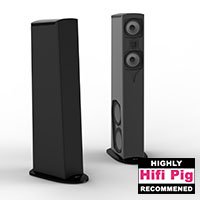GOLDENEAR T66 LOUDSPEAKER REVIEW
At £6249 the Goldenear T66 loudspeaker with its AMT tweeter and inbuilt powered subwoofer seems to offer excellent value for money, but how does it sound? Michael Fairbairn finds out for HiFi PiG.
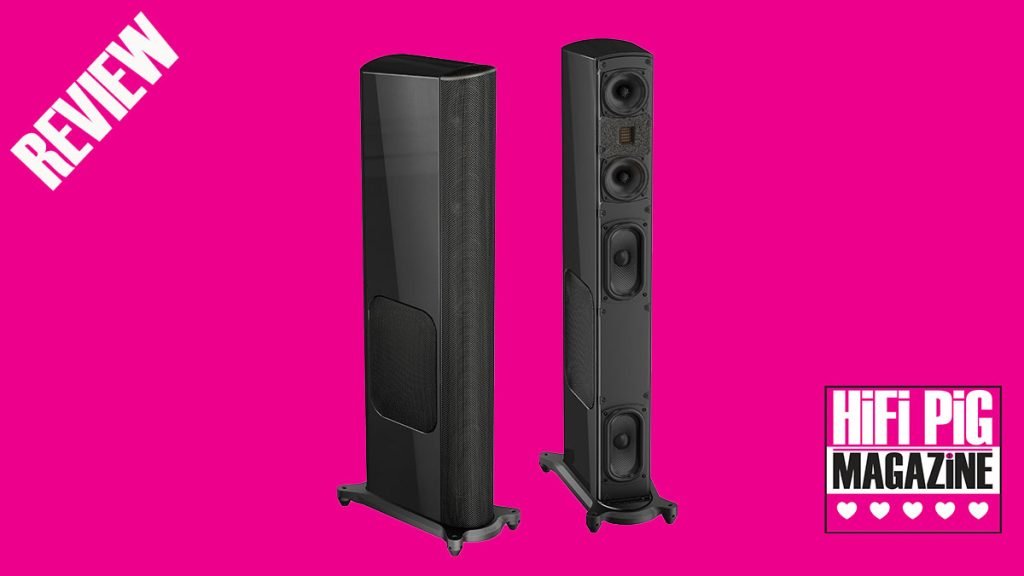
Back in January 2020, HiFi PiG shared the following news: “GoldenEar Technology, the loudspeaker manufacturer, and The Quest Group, best known as the owner of the AudioQuest brand of cables, Niagara power products, and DragonFly DACs, are very pleased to announce that GoldenEar has become part of The Quest Group.” Four years later I am enjoying the results of that partnership in the T66 Tower Speaker with Powered Bass, the first model in the new T Series from GoldenEar.
I initially checked these out at the North West Audio Show (aka Cranage) in June last year. I had been looking to invest in more traditional speakers, and I must admit I was pleasantly surprised and a bit blindsided to find that the T66 changed my perception of what I was after. I was immediately impressed by their ability to deftly deliver the opposing extremes of a gentle, introspective Lana Del Rey track and a Euro banger of unknown origin with pumping bass and exuberant energy.
BUILD QUALITY AND FEATURES OF THE GOLDENEAR T66 LOUDSPEAKER
Instantly, I loved the look and was taken by their slim profile and modest footprint at just 7.5″ wide, which made them stand out from the crowd. They are also very shiny with a gorgeous piano gloss finish that just oozes quality and an air of grace. At Cranage they had a pair in striking Santa Barbara red. I had not expected to appreciate something so distinguished from the more traditional wood-veneered box. It was quite a turning point for me, and I couldn’t stop thinking about them after that brief time in the listening room at the audio show. I just had to find out for myself what more they could do in my own home.

I received a review pair with the gloss black cabinet, and it is no less impressive, with sleek lines and neat curves. Standing at 48.8″ tall, with the base and no spikes, they have an unimposing presence that didn’t dominate my listening space and managed to be effortlessly classy. Another feature I like is the metal grille on the front, which differs from the earlier ‘cloth sock’ that covered the entire speaker in the Triton range, from which the T66 has been developed. As with other speakers, it might be nice to have the choice to remove the panel to expose the speakers for aesthetics and sonic preference, but it doesn’t come off. I was perfectly happy with this solution, as it gives off a kind of flashy, hot-rod style and something just a bit different again.
The cast-aluminium base is very nicely machined and gives the speakers a sturdy foundation. It features an etched GoldenEar logo on the front. Its feet can be adjusted, and you have the option of switching from the rubber tips by screwing spikes into the bottom of them to suit differing types of floor surface.
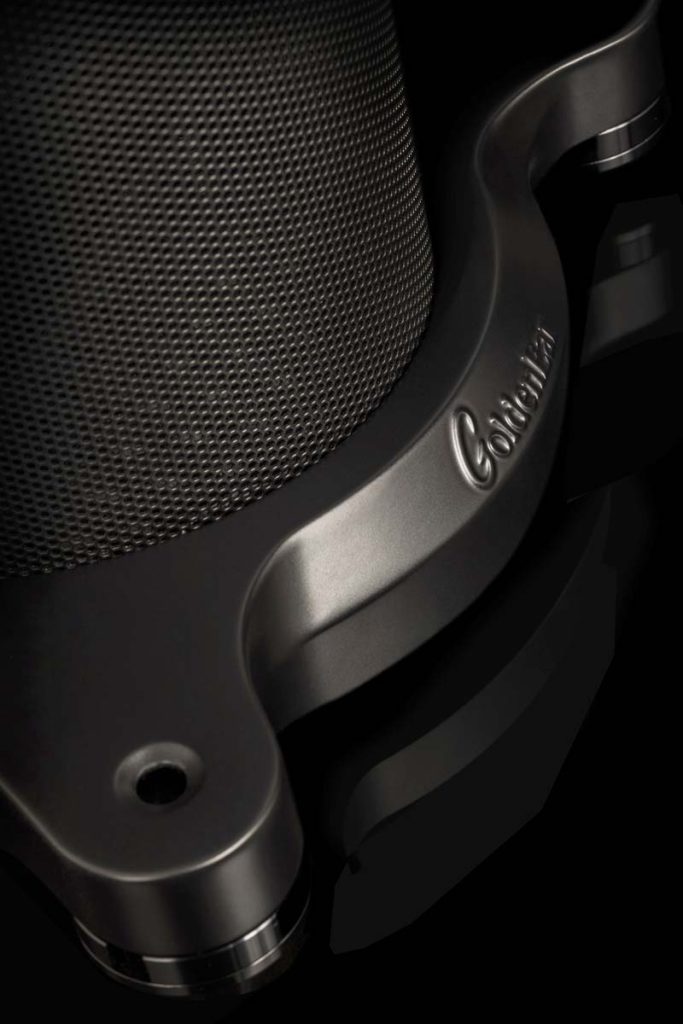
While it may be all party in the front, it is all about business in the back. A pair of quality bass and treble binding posts allow for biwiring and GoldenEar states these have been upgraded with material to minimise distortion. As they are part of the AudioQuest family, they incorporate their products with Direct-Gold-Plated Bare-Naked Jumpers.
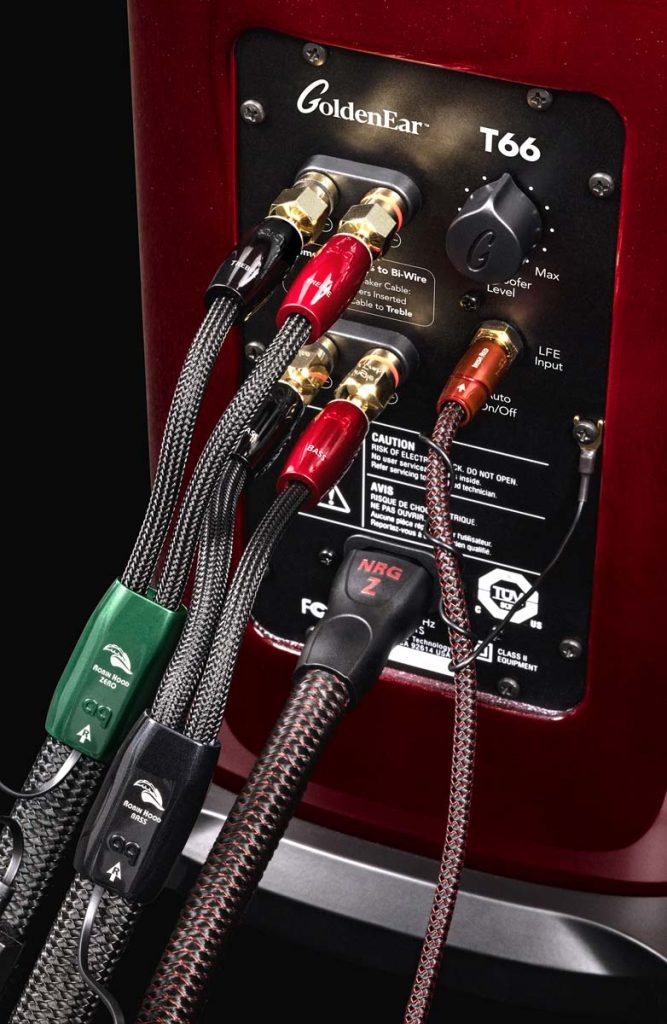
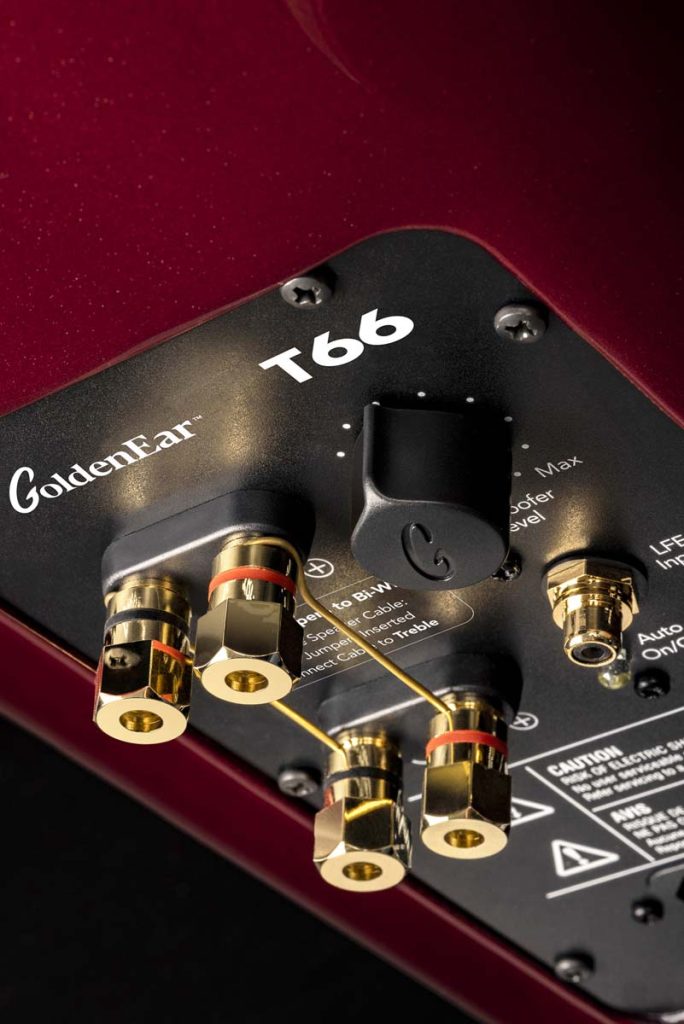
Each tower has a power cable socket for the built-in, active subwoofers and a rotary dial to adjust bass to your preference. During set-up, we adjusted this to the 12 o’clock setting, which is neutral. I never felt the need to make any further changes throughout my review. In fact, the speakers can be left powered on, and the sub amplification will activate when the signal is detected (there is also the option to use the LFE input), so there really need never be much cause to be back there.
Drivers consist of GoldenEar’s Reference High-Velocity Folded Ribbon AMT tweeter, two 4.5” High-Definition cast-basket mid/bass Drivers, and two 8” x 12” quadratic planar back-wave-driven radiators. Finally, you get two 5” x 9” long-throw quadratic subwoofers with DSP-controlled amplification. The active bass module is Class D with a whopping 500 watts. Talk about bang for your buck.

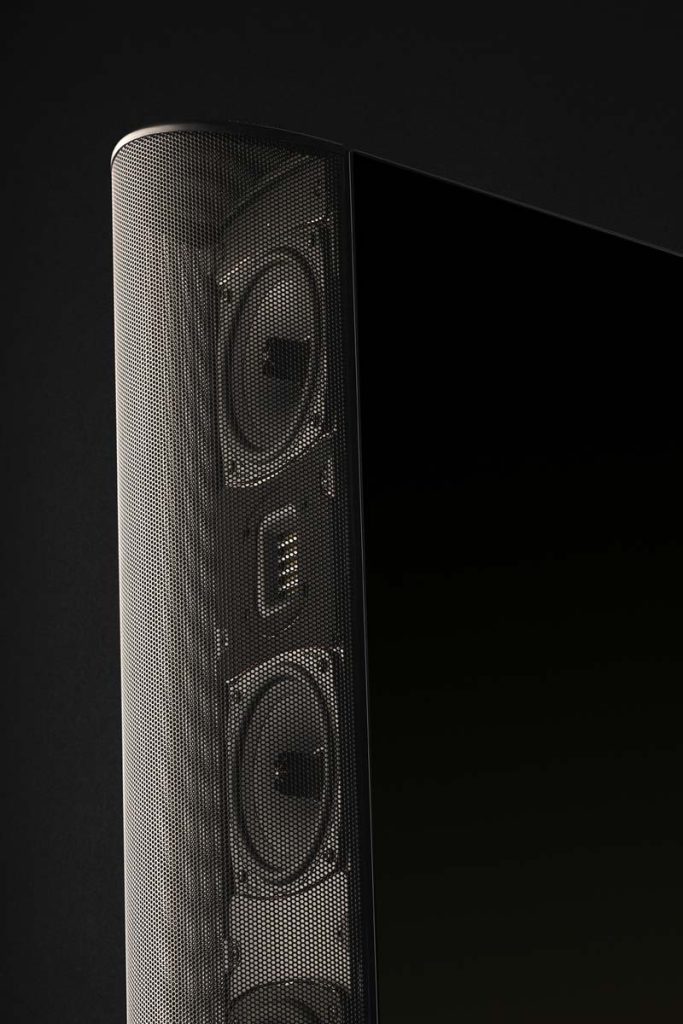
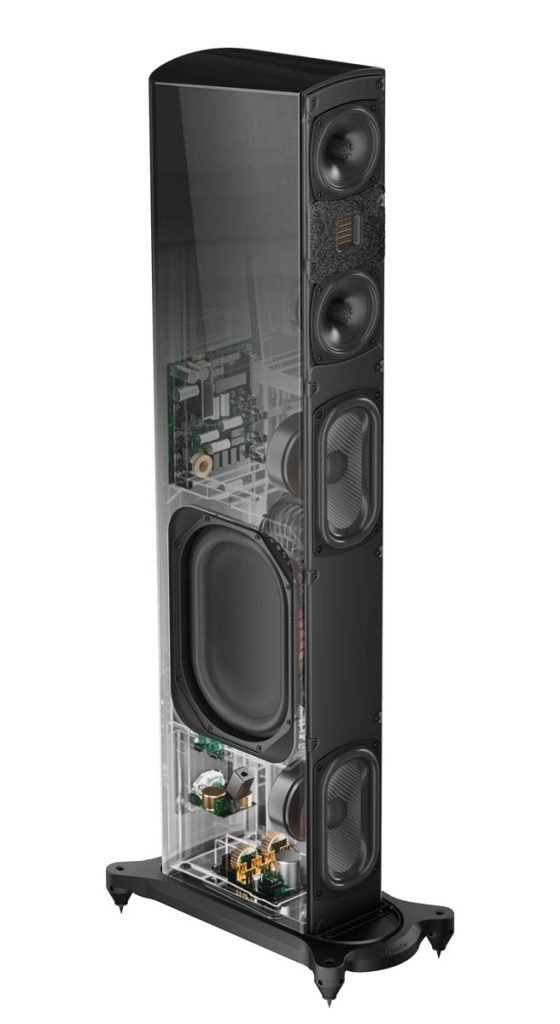
It is evident that a great deal of thought has been put into this design, which GoldenEar state as featuring, “…a dramatically augmented crossover design…,” which makes use of technology borrowed from AudioQuest’s own Niagara power conditioning series, specifically an extreme burn-in process that AudioQuest say permanently optimises the performance of the bypass capacitors. Furthermore, the ‘high-quality internal wiring,’ is also by AudioQuest.
SOUND QUALITY
My current digital source is Qobuz via Ropieee on a Raspberry Pi running through a Cambridge Audio DAC Magic, but I also had the bonus of trying out a couple of different amps with internal DACs, as well as my own Pathos amp, and an alternative network player. More on those later. Rob from The Quest Group said, “We strive to make speakers that can delight everyone, from the most modest designs and more. We just want them to be worth your valuable time and attention.” While setting up the T66 in my room, he opined that they are designed to work well with ‘everyman’ HiFi. I was more than happy to put these claims to the test.
Having just reviewed the mid-tier Audiolab 7000A stereo integrated amp it was still with me for a brief time until it had to go back. I did state during my review of the amplifier that I would like to have the opportunity to hear how it would perform when paired with less demanding speakers than my wee Leema Xen2 reference monitors. Fortunately, that chance came along. The 7000A was first up, for no other reason than it was still set up from doing my review.
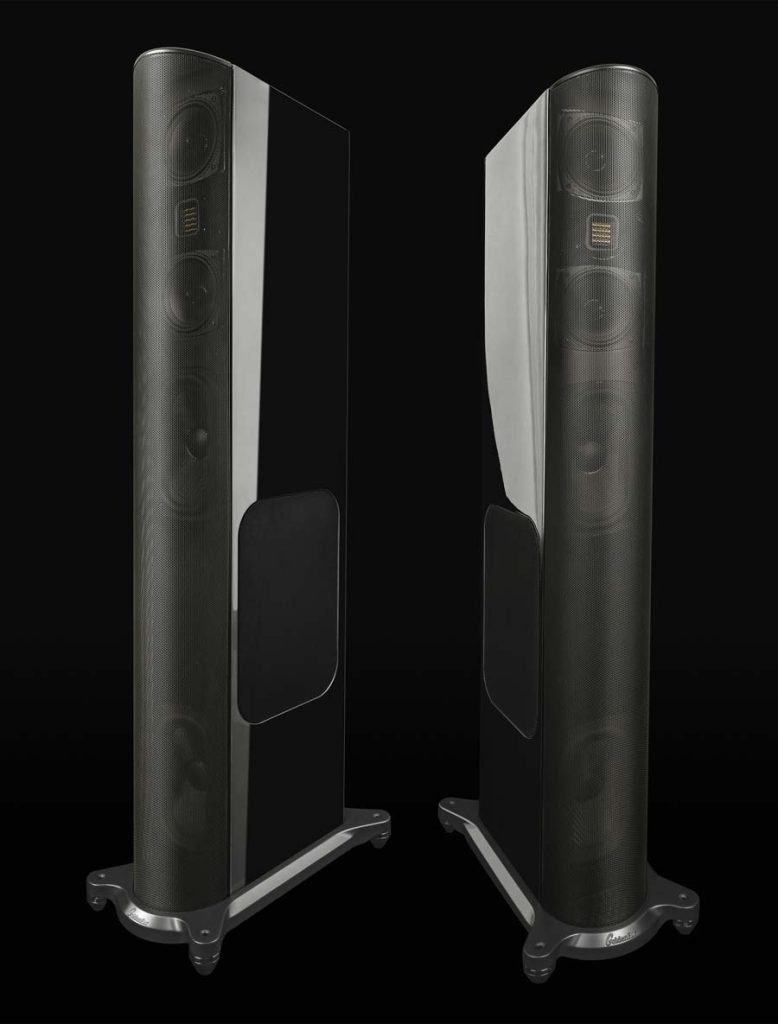
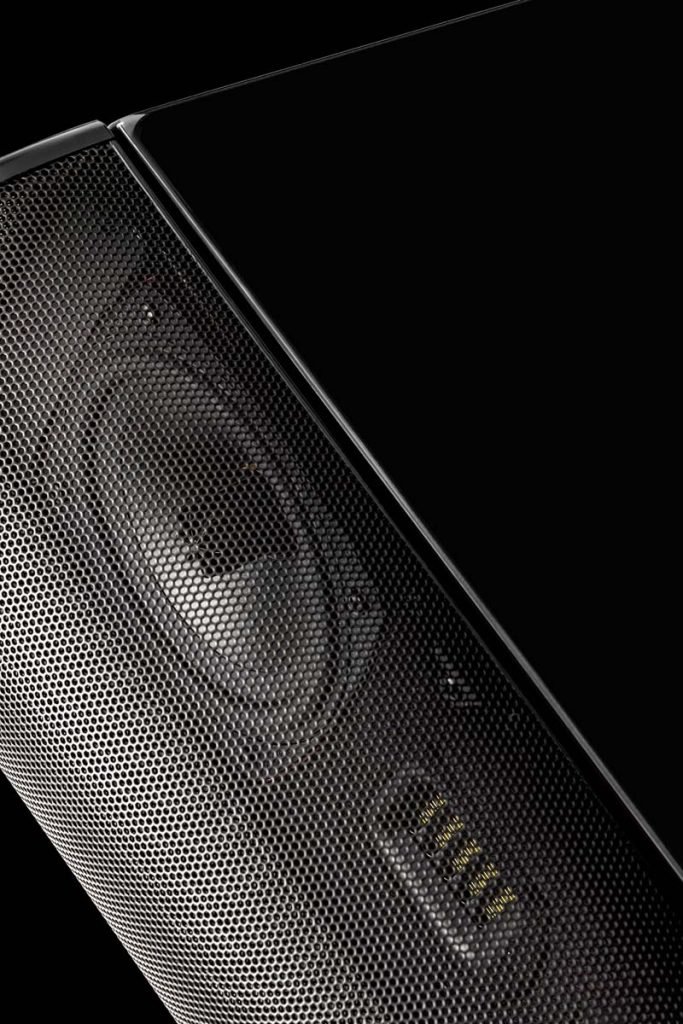
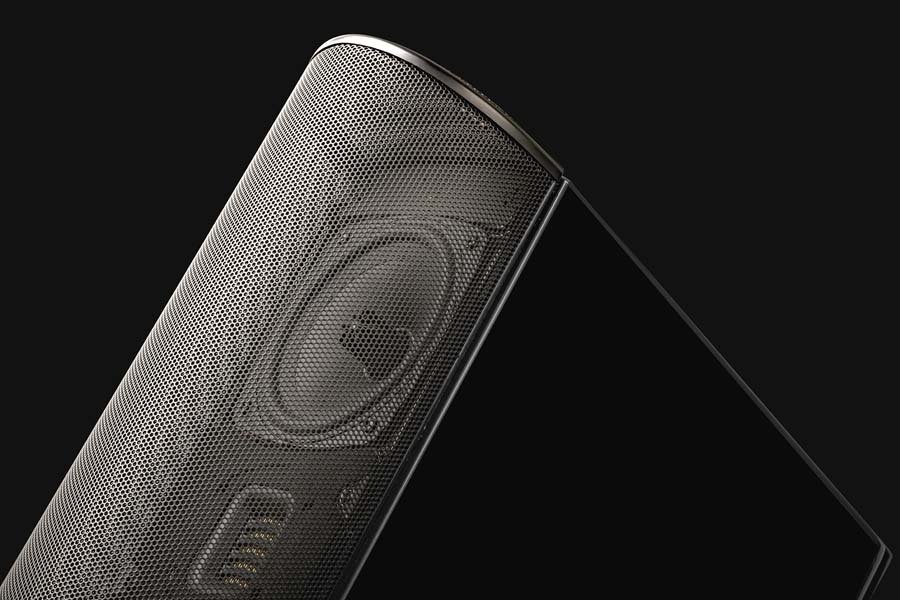
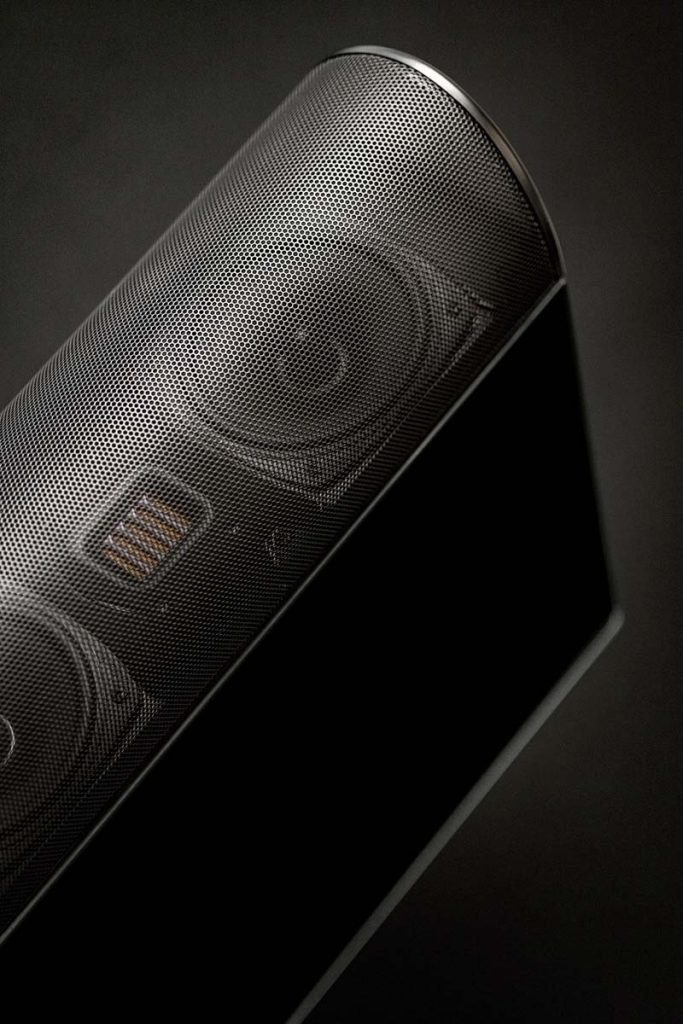
We called up a couple of tracks to use for positioning and, once that sweet spot had been found with just a few minor adjustments, I was immediately impressed by the soundstage during the intro to The Ballad of Bill Hubbard by Roger Waters. I am used to hearing my own dog and neighbourhood canines making noise in the background outside from time to time and it was quite surprising to hear how lifelike the barks on the track were in the opening moments of the track. Especially, as they were far off to the right, way beyond the edge of the right speaker. Very impressive indeed. Switch to the left and the AM radio effect was directly in line with the tower, as it is intended to be.
The second reference piece was Present Tense by Pearl Jam from their No Code album. Admittedly, I was unfamiliar with the song, but I was taken by the in-the-room feel of Mike McCready’s gently picked guitar part panned left. Eddie Vedder’s vocal was dead centre and equally as lifelike and delivered with his rich timbre in all its glory. So far, so great!
Over the next few days, I allowed the speakers to warm up and settle in a bit before doing any critical listening, as they had been in the back of a cold van for a few days. As you might expect, given those conditions, the output was initially a bit muddled. With Hyper-Ballad by Bjork, nothing in the mix was cohesive. The bass came across as undefined and wobbly and dynamics were lacking. Fast forward a few days, once the T66 had acclimatised to their temporary home for the next few weeks, and I really began to appreciate their capability.
Lovely, tight bass and the excellent sub delivery were the first signs the system was beginning to defrost. This made listening much more fun and enjoyable. It pressurised the room to just the right level without being uncomfortable. I could really feel the bass. Elsewhere, the track opened right up, and the detail of the arrangement became much more welcoming. Now I was properly able to enjoy the music and forget about the system.
The Audiolab had to be returned, so the real focus of this critical listening shifted to my reference amp. To say it was a revelation to have the T66 hooked up to my trusty, if underpowered, Pathos Classic One MkIII integrated amp would be an understatement. It has a sweetness about it from the valves and I know it is very capable of giving me a rich, harmonic sound that is also airy and transparent. Combining those qualities in the mids and highs, while leaving the bass modules to take the strain, I finally got to hear the true potential of the Pathos. At 70W per channel, it is no slouch but when it is not working hard to handle the drive and the bass, which it can struggle to grip, it is afforded the freedom to shine.
One of the most enticing features for me is those powered subs. Having tried out a combination of stand mounts and a sub in my reference setup I could never quite get the balance I was aiming for. That’s not to say I didn’t properly integrate my REL sub, more so that the combination of components just wasn’t really the best. I have since moved the sub on and vowed never to go down that route again. I know from others that it can be a match made in heaven, with the ability to influence and adjust the sound according to taste and the listening space, but I was sold when presented with a product that can remove all that trial-and-error effort of placement, positioning, and adjusting. You mean, it is plug and play and a little bit of manual tweaking to the bass is all that might be needed? Great! Bring it on!
The T66 are not all about the bass and no treble (ahem) but I decided to throw sub-heavy hitters at them to hear what they can really do in that department. Bad Guy by Billie Eilish had absolute bass oomph, but it was a defined sound and not the dull thud or bloated mess that I have experienced before. The arrangement is simple too and I could tell that the speakers were in their element, just effortlessly managing the limited palette of sounds. Similarly, with Angel by Massive Attack I was suitably impressed by the control of the lower frequencies and found the looping, dirty bass line really starting to rattle things in my room in all the right ways.
I wasn’t just looking for sub-bass satisfaction though. I expected the bass guitar parts to have refinement, control and precision and found that to be exactly what I got with Ascension (Don’t Ever Wonder) by Maxwell. I also got a real feeling of vibrancy, and all the subtleties and tasteful peppering of guitar and luscious harmony were nicely balanced. Daft Punk’s Get Lucky and Same Old Scene from Roxy Music both had a good sense of timing, speed and alignment across the frequency range.
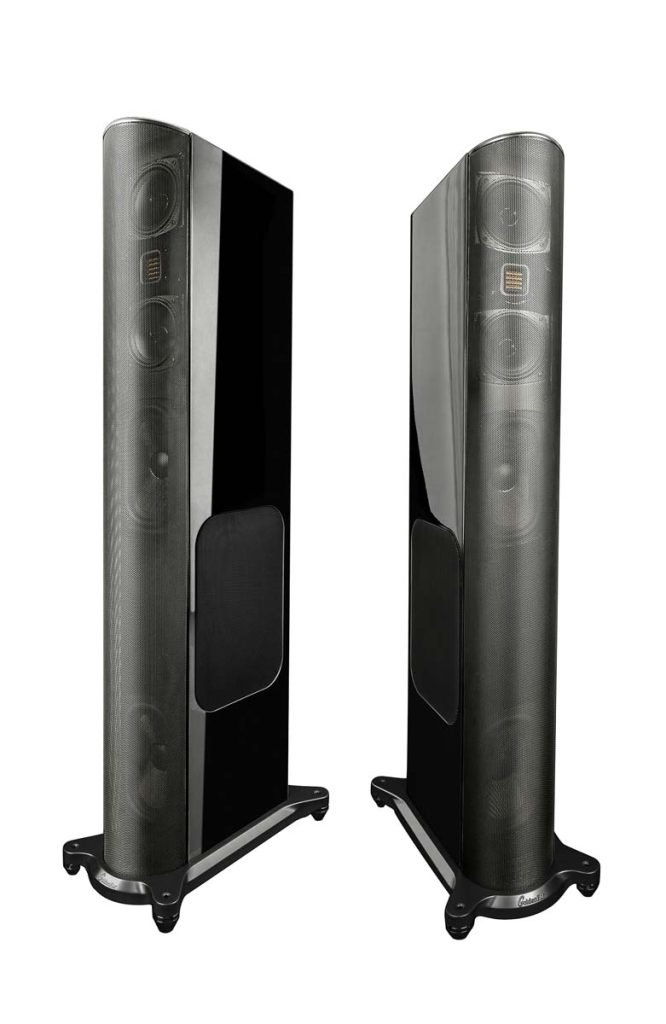
I got the best presentation of a hard rock/metal kick drum out of the Pathos that I have found yet with The Devil’s Bleeding Crown by Volbeat. I mean, it just rocked. The guitars were punchy, bass guitar was crystal clear and the abundance of energy was just very satisfying to hear. At points, with denser hard rock songs, things felt like they could have been at risk of losing a bit of focus. I did get a bit carried away though and was pushing the limits of the Pathos, my ears, and the size of my room with the volume. I experienced the same at Cranage with Everlong by Foo Fighters. They may not be the best suited to smaller listening spaces while listening at excessive volume, but you don’t need crank it to get the best out of them
I favoured music that was less heavy rock-centric or featuring complex and layered guitars with the T66 and I think that may have been down to the type of production. That’s not to say what I listened to in the rock vein was badly produced, but the speakers were just a bit more inclined to pair best with recordings with a more sparse orchestration. For example, Digital Bath and Change (In The House of Flies) by Deftones both start in that way with a languid and open vibe that just felt so relaxed and impactful in the capable hands of the T66. As the tracks develop and the distortion pedals are engaged, things started to feel a little less precise and I got a touch of brittleness in the top end. Once I toned down the volume though that disappeared.
Wax by Captain, with the Trevor Horn production from their excellent debut album, This Is Hazelville, had the harmonised lead vocals of Rik Flynn and Clare Szembek coming forward nicely in the mix and the shimmering guitar and synth detail was perfectly clear. I’ve listened to the songs many times over the years, and I was delighted to feel like I was hearing their music as if it were the first time all over again and sounding so fresh and well presented.
It wasn’t all about drive and heft though. I called up Hush by Jellyfish. It’s a go-to of mine for reviews, owing to the lush arrangement with a wash of gorgeous, multi-part vocal harmony and strings. I have heard it fall flat and lifeless in lesser setups, but this came across just as I had hoped with that feeling of having the music hanging in the air and not being aware of the actual system.
While I had the GoldenEar speakers, Carlo Marengo from Audiophilia and Connecting Music Distribution in Edinburgh kindly loaned me a McIntosh MA950 stereo integrated amp, along with a Bricasti M5 network player. I was curious to hear what they would bring to the party and found the 200W per channel, solid-state McIntosh delivered an extra level of cool, calm collectedness to the T66. The M5 provided additional depth to arrangements and spacing of instrumentation than was already evident and I would love to check out more from the brand.
QUIBBLES
Speaking from experience, high gloss piano black can be a pain to keep clean from fingerprints and marks. Once set up in the best position though this need not be an issue at all, and it’s a nice quibble to have for something with such finesse.
As mentioned, it might have been nice to have the choice to remove the front grille. It’s just one of those things that feels like a given, to be able to expose the speakers.
As it is a curved metal grille, it would be something else to store or to have lying around in the room if taken off though. I just accepted it as a design feature and didn’t give it much thought after that until hearing from some other people that they had the similar first impression. Taking that into consideration, it may be one for GoldenEar to revisit if there is likely to be more speakers in the T Series range with the same feature.
CONCLUSION
The T66 performed consistently well with a variety of stereo integrated amplifiers and were unfussy about pairing, ranging from the mid-tier, Class AB Audiolab 7000A, to the high-end heavyweight McIntosh M8950. When paired with the T66 my Class A/AB Pathos amp was given a new lease of life and proved to have much more to offer.
The active, DSP-controlled subwoofers negate the need to invest in separate units, which can be tricky to integrate. By taking the trial-and-error effort out of that process, you are allowed to avoid the fuss, sit back and just enjoy the music.
AT A GLANCE
Build Quality And Features:
Immaculate finish
Very sturdy and nicely machined stands
A rich profusion of speakers
Sound Quality:
Timbre of vocals rich and deep
Super wide soundstage
Superb power and grip from the 500W Class D sub-bass amplification
Value For Money:
The built-in, powered subwoofers are a definite plus, as the bass response is excellent. The integration also negates the need to spend your time and money exploring solutions for well-matched separates. The build quality and finish are superb, and you get the benefit of high-quality components from the AudioQuest range. These selling points set the speakers apart from similarly priced products. £6249 might seem a bit on the steep side to some, but there has been a real wealth of design put into these from two very well-established brands and you get plenty of product for the investment.
We Loved:
High gloss finish
Deep and controlled/precise bass
Provided the much-needed uplift to my Pathos amp
We Didn’t Love So Much:
Some may prefer to have the choice of removing the front grille
Elevator Pitch Review: The T66 are a good match for a variety of different types of amplifiers. The DSP-controlled subwoofer power amplification is a real selling point and makes these more than worthy of your audition time. They certainly made me think again about replacing my amplifier, as they proved to complement it well and gave me a whole new perspective on its capabilities. The non-traditional aesthetic is a real head-turner, and the modest footprint means they would be well-suited to most listening spaces.
Price: £6,249.00 (Black) – £6,499.00 (Red)

Michael Fairbairn
SUPPLIED SPECIFICATION
Driver Complement
One Reference High-Velocity Folded Ribbon AMT Tweeter
Two 4.5″ High-Definition Cast-Basket Mid/Bass Drivers
Two 5″ x 9″ Long-Throw Quadratic Subwoofers
Two 8″ x 12″ Quadratic Planar Back-Wave-Driven Radiators
Passive Radiator Surface Area 53.36in2 (344.3cm2)
Efficiency 91dB 1W/1M @ 4Ω (2.83V/1M)
Frequency Response 29Hz–25kHz typical (-6dB on axis @ 29Hz, anechoic bass response)
Nominal Impedance 4Ω
Recommended Amplification 20 – 500Wpc
Built-In Subwoofer Power Amplification 1000W peak/500W RMS, DSP-Controlled
Dimensions Tower: 7.5″ (19.1cm) W x 14.75″ (37.6cm) D x 48.8″ (124.1cm) H (with base, no spikes)
Base: 11.8″ (30cm) W x 17″ (43.2cm) D
Weight Product: 60lbs (27.2kg)

















































